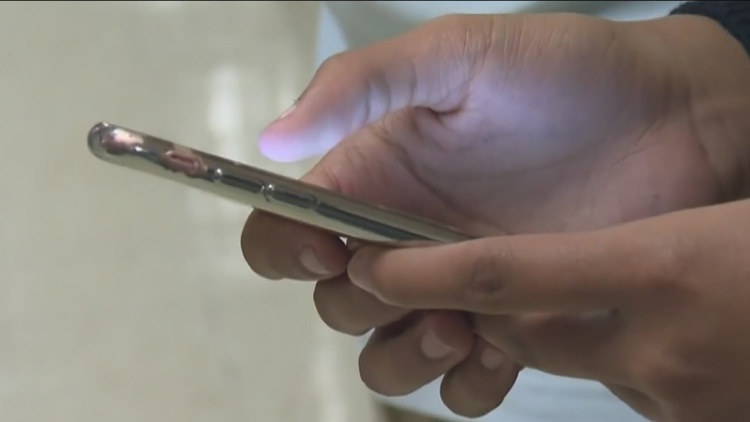San Diego Schools Ban Cellphones

San Diego Schools Implement Strict New Cell Phone Policy
Starting Monday, the San Diego Unified School District is rolling out a comprehensive new cell phone policy impacting all students from Transitional Kindergarten through 12th grade. The initiative, approved by the Board of Education, aims to minimize distractions in the classroom, boost academic achievement, and prioritize the mental health and well-being of students. The policy takes effect on the first day of classes for the 2025-2026 school year.
Rationale Behind the Policy
The decision to implement a stricter cell phone policy stems from growing concerns about the pervasive influence of smartphones on student focus and overall well-being. Educators and administrators believe that constant access to social media, games, and other digital content can significantly detract from learning and contribute to anxiety and other mental health challenges. The new rules are designed to create a more conducive learning environment where students can fully engage with their studies and interact positively with their peers.
Key Provisions of the Policy
The core principle of the new policy is simple: phones must be switched off and kept out of sight during class time and throughout regular school hours. This applies to all grade levels, ensuring a consistent approach across the district. However, the policy acknowledges that cell phones can be useful in certain contexts, and it outlines specific exceptions:
- Permitted Use: Students are allowed to use their phones before school, after school, on school buses, and during extracurricular activities.
- High School Exception: High school students have the added privilege of using their phones during lunch breaks and passing periods. This acknowledges the greater level of independence and responsibility expected of older students.
- Emergency Situations: The policy recognizes that cell phones can be essential communication tools in emergencies. Students will be permitted to use their phones in situations where their safety or well-being is at risk.
- Teacher-Authorized Use: Teachers retain the discretion to allow cell phone use for specific instructional purposes. This provision allows for the integration of technology into the curriculum in a controlled and purposeful manner.
- Special Needs Accommodations: Students with special needs may be granted exceptions to the policy based on their individual circumstances. This ensures that the policy is applied fairly and equitably to all students.
Enforcement and Consequences
The district emphasizes a supportive and restorative approach to enforcing the new cell phone policy. The initial focus will be on education and positive reinforcement, with the goal of fostering a culture of responsible cell phone use. The enforcement process will typically follow these steps:
- Verbal Reminders: Students who violate the policy will first receive verbal reminders from teachers or other school staff.
- Counselor Referral: Repeated violations may result in a referral to a school counselor, who can provide additional support and guidance.
- Parent Contact: Parents will be contacted to inform them of their child's cell phone policy violations and to enlist their support in addressing the issue.
- Phone Confiscation: As a last resort, school staff may confiscate a student's cell phone if they repeatedly violate the policy. The phone will be returned to the student or their parent at the end of the school day or according to school procedures.
Students who consistently disregard the cell phone policy may face further consequences, including restrictions from participating in school events and activities. The district hopes that these consequences will deter students from violating the policy and encourage them to adopt responsible cell phone habits.
Development and Input
The new cell phone policy was developed in accordance with California's Phone-Free School Act and after extensive consultation with students, parents, and educators. The district sought input from a wide range of stakeholders to ensure that the policy is both effective and responsive to the needs of the school community. The feedback received during these consultations helped to shape the final version of the policy and to address any concerns that were raised.
